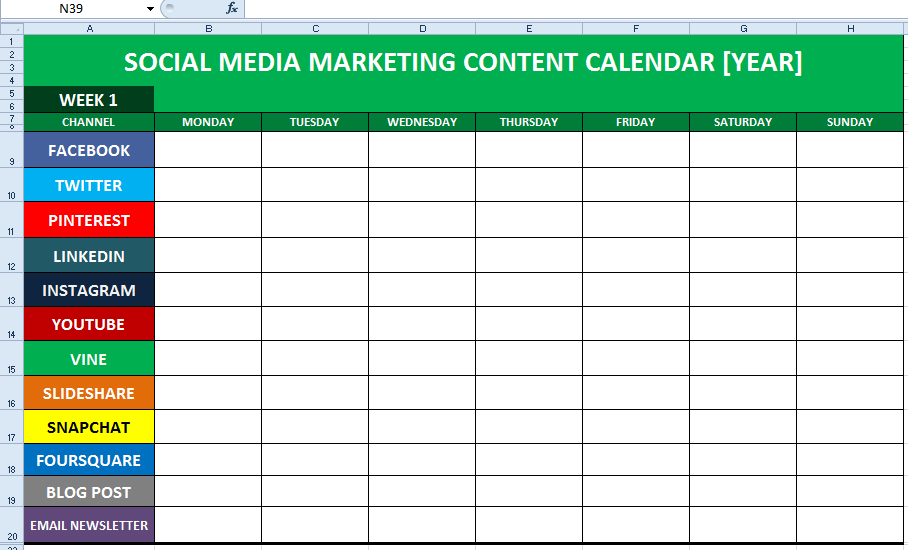Now more than ever, people are looking for new ways to make money 24 hours a day, seven days a week, without the need to remain stationed at a desk. But, these new passive ways of earning money do require you to invest a small amount of time automating your work processes. Let me take you through the process.

There are thousands of ways you can make money on the side nowadays. As long as you have an internet connection and a computer or mobile device, your opportunities are endless. Examples of new jobs you could consider for your side hustle include:
- Blogging
- Teaching online
- Creating ebooks
- Building and flipping websites
While the opportunities for online work are endless, automating them can be more challenging. Although working online will allow you to work from anywhere, it would also be nice to have so spare time on your hands, am I right? If you have found work you enjoy but want to take it a step further by generating income while you sleep, check out my top 10 secrets.
1. Automate marketing, sales and customer care chatbots
While you may have already delegated some of your marketing, sales and customer care duties to team members, or even automated them with tools such as Hootsuite, there is an easier way to take the time and monetary load off your shoulders.
Chatbots have become extremely popular recently because the technology powering them has evolved dramatically. Today, creating an artificial intelligence-powered chatbot is a piece of cake, and thanks to chatbot-building platforms, you don't even need any coding knowledge.
You can create a chatbot that:
- Can take orders and answer customer queries from Facebook Messenger, comments, and posts
- Integrates with all the major payment platforms
- Is available 24/7 to answer customers from across the world
- Can push personalized promotions, offers, and deals, on demand
2. Promote yourself as a brand
Whether you have already found success or are still on the path to finding it, you should look at ways in which you can promote yourself as a brand. Of course, your chatbot will help with minor marketing tasks, but you need to promote yourself in a way that makes others aware that you are a trustworthy, reputable, and a reliable authority figure in your industry.
To achieve this, create informational products, such as books, videos, and online magazines for your audience. Once you've put in hours creating these pieces, the next step is simply to market them and watch the money roll in.
3. Simplify your outputs
You can't do everything, especially if you want to automate the operational aspects of your business. To get everything done to the best of your ability, you need to simplify your outputs. To do this, hone in on what you are offering.
Instead of offering a huge variety of products and services to your audience, focus on a maximum of five that you do perfectly and grow from there. Take Starbucks, for example. The brand offers coffee, sweets, and some fast food. The simplicity by which it operates is a key reason why it's able to expand its offerings on a global scale.
4. Sell at a flat rate
Selling your products and services at various rates is complicated and not efficient. Aside from the fact that you probably have clients big and small, from across the world, it can make your invoicing system messy. Create a company that offers specific services at a flat rate and allow customers to buy these subscriptions and packages directly from your website. You'll make more direct sales and your customers will automatically be more invested in you.
Create a company that offers specific services at a flat rate and allow customers to buy these subscriptions and packages directly from your website. You'll make more direct sales and your customers will automatically be more invested in you.
5. Create a product or service that never goes out of fashion
You need to create a business that either offers a product or service that many people need now or better yet, one that won't go out of fashion. When it comes to products, think of one that can be created cheaply and that requires refills to function.
With this, you'll not only make huge amounts of money selling the original product, but you will receive a steady stream of revenue from the individual refills. Think about a printer, for example; you can now buy one at a very reasonable price, but to use it, you will always need ink. Printers are the product and ink cartridges are the refills.
6. Become an affiliate
There are a number of ways you can make money without really doing much. For example, you could become an Amazon affiliate. If Amazon makes a sale that comes from the link on your website, you make a profit. Simple. If you have the right following, you could find affiliate marketing extremely profitable.
7. Teach others
By teaching others, I don't mean switching careers altogether to teach math in a primary school. I'm referring to taking an authoritative role in your field of work and teach entrepreneurs your methods. There are a number of ways you can teach others, some of which include:
- Mentoring
- Lecturing at a college or university
- Writing a blog
- Creating a book
- Talking at events and conferences
8. Invest in other companies
An investment is, in simple terms, a way for your money to make more money. Although your lending needs to be calculated, you should invest some of your profits into other companies that fulfill other needs your customers may have. It's a good way for you to make more money while establishing yourself as a figure that helps others and understands your audience's desires.
9. Hire a team
As I mentioned before, you can't do everything on your own. Simplifying your outputs is great, but you need to have the right team to back you up. You need a team that is reliable and diverse. Every area of your company needs to be covered by an expert in that field. You will need a marketing, sales, customer care, finance, and human resources guru, among others.
10. Optimize your efforts
Once every aspect of your company is up and running, you must evaluate, re-evaluate, and optimize them to ensure they are performing to the best of their ability. You wouldn't write a blog post without proofreading and optimizing it; the same goes for the rest of your marketing, sales, finance, and other operations.
In Conclusion…
Automating your processes will help you organize yourself in a way that makes your operations efficient. By doing so, you will not only make money while you sleep, but you will also have more time to invest in other projects that can be automated in the same way, creating a money-making life-cycle that could eventually make you millions.













